Un-BELT your consumer problems to create a successful infrequent product
An approach to classify consumer problems
“The trickiest part of certain problems is just recognizing their existence.”
Gerald Weinberg & Donal Gause in Are Your Lights On
In my experience, consumer research has left product people dealing with too many consumer problems.
While there are quite a few methods to process those problems, I still find that the current methods, such as affinity maps, opportunity solution trees, and others, have a lot of subjectivity baked in.
Those approaches leave product people to their own devices without a singular mental model to parse and align the classification of the consumer problems.
So the “eigenquestion” is, how do we know what consumer insights to look for when building an infrequent product? More about infrequent products in a bit.
BELT provides an approach to help classify these consumer problems and insights.
Once you realize that not every consumer problem is on the same level, you can create a compelling outcome for both consumers and businesses by classifying them and subsequently solving them in the right order.
When creating an infrequent consumer product, use BELT to understand and normalize your potential consumer problems:
B: Does the key behavior already exist?
E: Is the problem enduring, and does solving it result in consumer satisfaction?
L: How deep is the lock-in, and what can you do to counter it?
T: How can you solve the transient problems and delight the consumer on their way to getting the job done?
BELT is built upon the thesis that not all consumer problems are equal, and the order of solving them merits an approach that consists of rigorous logical steps underpinned by deep insights.
Before we see BELT in greater detail, let us go back to the foundational question - why BELT?
Why Do We Need BELT?
“A problem is defined as the difference between things as desired and things as perceived.” - Gerald Weinberg and Donal Gause in Are Your Lights On
Over the course of my nearly 16 years in product management, I have sat in on hundreds of product value proposition meetings and seen a common scenario play out.
Almost all of those products struggle with user adoption despite believing they have solved the user’s problems.
That stumbling block becomes more pronounced with the adoption of an infrequent product, which has a limited window to both attract and retain users.
For those not aware, infrequent products feature user transactions that usually occur once over three or more months. Companies such as Booking.com, Etsy, Zillow, and Warby Parker are classic purveyors of infrequent products.
In today's world of product management, which has embraced lean methods, companies are constantly reaching out to users to get continuous customer insights.
Ultimately, however, most products fail due to lack of adoption simply because the teams are not focusing on the right insights.
The product management literature remains basic in describing problems in just two buckets – painkillers and vitamins. While this lens is a good starting point, it doesn’t account for the entire picture.
Commonly, product managers quickly apply a prioritization framework without processing or normalizing these problems. You end up solving the wrong problems with this approach, which may not create the desired impact for your consumers or business.
Consider your own life — not all problems are equal. A mild headache after a long day of work is different from acute lower back pain. Imagine one of those dreadful days during which you have both of these problems — headache and lower back pain.
The order in which you solve those problems actually matters. You would likely choose to treat the enduring acute back pain first, then the transient mild headache.
The problems of consumers of infrequent products can be addressed through a similar normalizing approach.
Solving consumer problems in the order of BELT increases the ability to craft compelling value propositions, which we call OPEN: Obvious and immediate, persistent, enduring, and noticed value propositions.
Together, BELT and OPEN set up a strong foundation, thus increasing the odds of product success.
We will discuss OPEN value propositions in the next article. But for now, let’s break BELT down and look at exactly how you can use it to discover and normalize consumer problems!
B: Existing Behaviors
Most successful infrequent products are primarily utility products with precedence first in the offline world. This means that the core behavior already existed in the physical world, and a company adapted it for the digital world.
A telehealth product like Teladoc is a good example of this idea. People have always consulted a doctor when in need regarding their health problems. Teladoc found traction as it helped move the primary care consultations online.
Now, if you want to both find and qualify an existing behavior, check if the consumer insight passes the despite test.
Passing The Despite Test
Passing the “despite test” is one of the first elements to look at while researching consumer insights. D’Arcy Coolican originally coined the test.
He describes the “despite test” as a litmus test to identify if people are exhibiting the desired key behavior despite the fact that what they may be using is not the best solution out there.
In some cases, the solution they may be using is straight-up terrible, which is a great sign.
The despite test is invaluable in determining the existence of the key behavior, no matter your industry or niche.
First, it affirms that the market exists because your potential consumers are already searching for a solution to the problem. It’s easier to find product-market fit in an existing market than to create a whole new market.
Additionally, as long as the desired key behavior exists, a product can be transitioned to the digital world, if not already digital.
Second, the working capital required to drive product adoption may be low to moderate, as the key behavior already exists. Efforts will be required to convince the users to transition from a substitute or a competing product to your product. But that won’t be as expensive or intensive as educating them about wholly new behaviors.
For example, in some Asian countries, buying property is still largely done in a high-touch way through friends and family. This can add both time and effort to the process. But property seekers don’t necessarily want to know all the choices available in the market.
They are content with the limited information that they have, even if it takes a long time. In such countries, launching a proptech aggregating solution would bring limited success because the desired key behavior of looking for a broad selection of properties doesn’t exist.
In contrast, in places such as Singapore, people are more likely to want to extensively scour the market before making a choice, and this is why you see a thriving market for a proptech product like PropertyGuru.
Dropbox is another great example of tapping into existing consumer behaviors at launch.
Back in the day, consumers loaded their data onto flash drives and hard disks in order to retrieve or share data. These external storage systems had a higher risk of losing data if not handled carefully and had to be carried along everywhere to access the data.
The Dropbox team saw that users were backing up their data despite the terrible solution of using a flash or hard drive. And techies, in particular, were using aspects of rsync, trac, and subversion to back up their data.
The key behavior of backing up data existed and thus immediately passed the Despite Test.
So Dropbox came along and offered them a solution to store data on the cloud. Starting with a key behavior that people were already familiar with, backing up data and taking it digital.
Failing The Despite Test
When a problem fails the despite test, a business can expect the process of getting potential consumers to pick up the new behavior to take a long time, if ever.
In such a case, the primary job of marketing is to educate potential users; in these situations, the working capital and the time spent inculcating the new behavior will be quite high.
For example, Tecfys helps people buy physical products on subscription. The concept of renting physical goods out through subscription is new to many people.
Because this is a new behavior, it will take some time for Tecfys to inform consumers and then press the gas pedal.
So when considering solving a problem, check if the key behavior you want the customers to take already exists. If it does, you will want to qualify if it’s an enduring problem rather than just transient.
E: Enduring problem
I'm always asked, "What will change in the next 10 years?" An interesting question. But I don't get the question: "What will not change in the next 10 years?" – but this question is much more important, isn’t it? Because you can build a stable strategy around the things that don't change. - Jeff Bezos.
An enduring problem can have a lasting impact on a person's life if not solved well.
Problems causing enduring pains are more impactful than those that cause transient pains.
For example, finding the wrong job, or being stuck in an unfulfilling position, can lead to long-term disappointment for a lot of people.
ZipRecruiter aptly articulates that it is the destination to start looking for a job that you love and, most importantly, embark on a new career path.
They focus on solving an enduring problem, long-term job dissatisfaction, with their value proposition.
Now let’s take a look at CareerBuilder, which focuses on the transient pain of finding a job faster.
Building the right career is an enduring problem and a lot more impactful than finding a job faster, a transient problem.
I have sat through meetings where product people focus on the tactical aspects like speed or ease of use when they should be aiming for something much bigger.
For example, a new mortgage product team reached out to me looking for help finding product-market fit. Their core value proposition was the speed of mortgage approval, as they planned to build deep integrations with their bank partners.
While it sounded promising, solving the problem of speed of loan applications is the “transient problems trap” that most products fall into.
Instead, they should have focused on the problem of paying a higher interest rate throughout the loan. Interest rates are an enduring problem while filling a mortgage application is a one-time transient problem.
Solving these enduring problems provides more long-lasting value than transient ones. But more on transient problems trap later.
Bucket of needs
To better understand the type of enduring problems, it's helpful to consider the ICED theory’s bucket of needs.
If you are unfamiliar with the ICED theory, I urge you to check this article out, in which I detail ways to manage and grow infrequent consumer products.
As you can see in the visual below, it was inspired by Maslow’s hierarchy of needs.
Broadly speaking, there are four categories to consider for an infrequent product:
Survival needs: properties, cars, jobs
Safety needs: insurance, telehealth, personal data, eyewear
Belonging and vanity needs: dating, furniture, clothes
Growth needs: education, travel
Some products may not fall within just one bucket of needs, and they may span multiple buckets of needs.
For instance, consider dating, which is part of the belonging needs bucket. However, for some, dating could also be part of the survival needs bucket, as being in a relationship could be very important for them.
In such cases, focus on which bucket of needs dating predominantly falls under for your target audience and proceed further.
The ICED theory’s bucket of needs is not meant to classify needs exclusively. Instead, it's a template that can help you map out your consumer's needs directionally.
Just like with Maslow’s hierarchy of needs, the closer you are to the bottom of the pyramid the more important the needs are.
Qualifying enduring problems
When qualifying enduring problems, see if that problem invokes a high degree of emotional involvement or high financial cost from the consumers.
In other words, a consumer will incur high personal, financial, or social costs if the enduring problem isn’t solved correctly.
When solving consumer problems, enduring problems are the big rocks to look for and focus on. A solution to these problems will have an ever-lasting impact on consumers’ lives.
Upon identifying the enduring problems, the next step is to separate consumers from the existing forces or solutions that hold them back. Let us now explore the insights around lock-in for consumers.
L: Lock-in
If the behavior already exists, there is likely enough consumer inertia to move to your product. The inertia could exist for two reasons for an infrequent product: switching costs and searching costs.
Switching costs
According to Nir Eyal, the author of Hooked: How to Build Habit-Forming Products, switching costs occur because of “stored value.”
When a consumer invests time, money, and/or data into a product, other companies must invest more to draw that consumer away from the existing solution.
Stitch Fix is a prime example of this idea in practice. It provides a personalized styling experience that builds on the “product” every time a user buys clothing and expresses preferences during the process.
After a couple of purchases, a consumer has a lot of personal preference data stored with Stitch Fix, making it hard for the consumer to look elsewhere.
If you are launching a competitive offering to Stitch Fix, it’s important to solve an enduring problem and break that lock-in to move them to your product.
Searching costs
Searching costs is another form of lock-in that occurs due to enhanced service levels or trust with a certain product/individual or organization.
For instance, assume I have a longstanding relationship with a great financial advisor at my bank. Over the years, he has become my go-to person for all my financial planning needs.
Given my satisfaction with his service, it will not be easy for me to consider a new financial product.
In other words, my searching costs for better financial advice in the form of a person or software will be so high that it will deter me from trying something new.
In some cases, the cost of search outweighs the marginal benefits!
Sometimes, consumers may stick with a product or service to avoid going through the buying process again.
Consider the case of life insurance. Once a person goes through the whole process of buying life insurance, it's not very often they think about switching to a new provider.
This is because of sheer inertia. When the policy premium is low enough, they would consider breaking the lock-in.
So when researching consumer insights, it’s important to look for existing lock-ins and then evaluate their strength.
For example, Zappos has always been the poster child for customer service. They routinely go above and beyond for not only their customers but sometimes the general public as well.
Because of this extraordinary customer service, the searching cost for its customers is a high barrier to overcome.
In some cases, it might not even matter to their customers that a product is more expensive at Zappos compared to another retailer. That’s an example of a very strong lock-in.
When you encounter high switching or searching costs, or both, your value proposition must be strong enough to draw them away from their current lock-ins.
Lock-ins are a key part of understanding consumer problems. Breaking lock-ins should be an integral part of crafting value propositions. After solving lock-ins, it is time to move to the transient problems.
T: Transient problems
Transient problems are those pains that occur during the journey and are only temporary.
When identifying consumer problems, a lot of people get hung up on solving transient problems first instead of focusing on the problems that actually matter.
For example, I recently chatted with the founders of a dating-related app. They wanted to speed up the form-filling process for those registering on the platform.
No doubt the pain is real. However, the pain is transient, and it misses the big picture.
Automating the form-filling is friction that should be removed, but only after the team has cracked the enduring pain of finding the right partner.
As you can see, it really does matter in which order these problems are solved.
A side note: delight vs. satisfaction
I firmly believe “delight” is overrated and “satisfaction” is underrated.
In 2013, CEB conducted a quantitative study to understand customer loyalty involving 97k customers from hundreds of organizations.
The study controlled for various variables and found that it doesn't pay to delight customers. Customers whose expectations were exceeded were only more marginally loyal than those whose expectations were met.
Products often underestimate the value of meeting expectations while overestimating the value of exceeding consumer expectations.
Most CEOs, product leaders, pundits, and designers use the word customer “delight” without a deep understanding of its role in an infrequent product. I have heard many founders and leaders emphasize the importance of delighting the customer.
However, when I push them with “so what if you delight the customer,” they generally theorize that they can win customer loyalty. If I further the conversation and ask them for evidence, I get incredulous looks from these leaders.
It’s essential to understand the difference between the definitions of delight and satisfaction. Nobel Prize winner Daniel Kahneman distinguishes delight from satisfaction in the following way:
Happiness, or delight in our context, is a momentary experience that arises spontaneously and is fleeting.
Satisfaction is a long-term feeling built over time and based on achieving goals and building the kind of life you admire.
Delight happens when you exceed expectations, and satisfaction happens when your expectations are met consistently over time.
Products should aim for satisfaction by solving enduring pains followed and then delight by solving transient pains, in that order.
Without a normalizing lens to look at consumer problems, it’s easy to fall into the trap of solving transient problems as the main value proposition.
Transient problem trap
To craft a compelling experience for a product, there is often misplaced importance on solving a transient problem. That solution to the transient problem then becomes the value proposition of the product.
Unfortunately, focusing on such a value proposition may not move the needle for the customer or the business. Here is an example from Carvana:
The home page mentions “The new way to buy a car.” But it brings up two immediate questions in my mind:
Why does it matter?
And, so what if there is a new way to buy a car?
They focus on a transient problem, which is the frustrating buying process, instead of focusing on the persistent value of emotion after picking the perfect car or one that fits your budget.
I believe they should have appealed to the enduring problems of car ownership like driving pleasure, cost of ownership, or performance of the car.
Enduring vs. transient problems
Now that you understand the distinction between an enduring problem and a transient problem let’s look at the characteristics of a transient problem.
First, transient problems are a means to an end, not the end itself.
For instance, accelerated form filling on the dating app example is a means to an end in terms of finding the right life partner.
Next, solving transient problems can’t provide an enduring feeling.
For example, while automating form filling can provide delight, it can never create satisfaction.
And finally, once a user is acquired, transient problems usually cause churn.
In the dating app example, users join for the density of the profiles of the opposite gender. They drop off when they don't get adequate responses or find out the profiles are fake. Inadequate responses and fake profiles are transient problems.
Distinguishing these problems can be a big win by itself. Then you can focus on opportunities that provide persistent value to increase user satisfaction. Subsequently, you can shift your focus to transient problems that users face.
For example, Trulia focuses on the enduring feeling of actually loving your home. As you can clearly see, their homepage doesn't focus on the ability to search for homes or find mortgages.
Compare this with Redfin, which operates in the same space of proptech, but focuses on a different problem.
Unlike Trulia, they have built their main value proposition of finding homes and touring them fast. That whole process is a transient problem in the context of staying in a home that satisfies your family's needs every day.
Make no mistake, some products solve only transient problems, and businesses can be built out of them. Examples appear in various markets, from travel with Airbnb to payment processing with PayPal and even gig work with Upwork.
However, one should tread carefully when your product only solves a transient problem. Do take the time to consider these three scenarios while solving consumer problems.
Scenario 1: An apparent enduring problem is present.
In such a case, the value proposition becomes a function of solving the enduring problem uniquely. And then supporting it with benefits that provide the escape velocity to break the lock-ins.
While Better.com has been in the news for the wrong reasons, “the right mortgage could save you thousands” is an enduring value to their prospective customers.
A strong value proposition addresses the enduring problem of saving money for rainy days.
It’s then followed up with “Zero commissions & lender fees” as an escape velocity to break the lock-ins. In this case, it’s likely the existing relationship that some of their customers may have with preferred lenders.
While “Simple online experience” and “24/7 support” are solutions to transient problems that customers may run into while using the product.
Scenario 2: The transient problem translates to enduring pain.
Don’t get tripped up by what looks like a transient problem. Look deeper!
For example, travel may first be classified as a transient problem. But you also create enduring “memories” or discover places where you have a sense of “belonging” while traveling.
This distinction is why I believe Airbnb’s focus on “belonging anywhere” is very smart. Instead of using a slogan with the word “travel,” which is a transient problem,
as Airbnb matured, the company moved from “Travel like a human” to “Belong anywhere.”
Scenario 3: There is no enduring problem, so the transient problem takes precedence.
Not all transient problems translate to enduring pain. They are just what they are — temporary pain points.
In such a case, evaluate the intensity of the pains that occur. If the intensity of the pain is high, then consider the transient problem as the value proposition only in such cases.
To understand this better, let us explore the BELT curve of adoption, which theorizes that the extent of adoption of a product is directly proportional to the intensity of the negative emotion such as frustration or anxiety experienced with the problem.
Ruined family vacations have a lot of implications financially and emotionally. So Airbnb enjoys higher adoption or usage than the usage of a product such as Thumbtack, which helps look for a handyman as not finding the right one may not impact finance or emotions in a big way.
Fiverr focuses on matching freelance workers with gigs, an innately transient problem that peaks in intensity when it occurs and thus enjoys a moderate degree of usage.
One needs to find a gig worker to get a job done. The work done on Fiverr may or may not translate to enduring value, but the transient pain exists to a high degree.
In such cases, finding the right gig worker to perform the job as a value proposition is sufficient.
Similar logic could be extended to products focusing on scanning documents, cross-border payments, credit card processing, and more.
As a rule of thumb, look out for the following three characteristics for identifying transient problems:
Does it provide a transitory feeling such as delight?
Is it a means to an end?
Does it create a fleeting impact on consumers’ life?
If the answer to all of the above questions is yes, then the problem is transient in nature.
Whose problem is it?
While we have discussed a multitude of problems, it is important to understand whose problems we are talking about.
There are quite a few ways to represent user segments and marry the respective insights, including personas, high expectation customers, and/or the adjacent user theory. So I will leave it to your choice to decide how you will navigate this topic.
Regardless of your consumer segmentation approach, BELT still helps classify consumer problems effectively.
BELT can help prioritize the segments by looking at the strength of the consumer problems.
Start by looking for customer segments that exhibit a certain behavior strongly. If that behavior is already present, there will likely already be lock-ins that need to be broken. And most importantly, the pain is more enduring than a transient one.
BELT will not only help classify problems but also aid in prioritizing segments of consumers.
BELT in action
Now that we have collected all the different parts of BELT let’s use it to break down some real work examples!
Just on this one page, you can see all the ingredients Stitch Fix uses for constructing a unique and compelling value proposition:
Existing behavior: People already buy clothes, but they might not stay on top of the latest trends. Stitch Fix offering “Expert picks” could be compelling to most consumers. Especially those who aren’t overly confident about picking out their clothes.
Enduring problem: Besides the functional aspects of clothing, people want to look good at all times. Stitch Fix taps into that pain point (or desire) by saying, “We make it easy to look your best, all the time.”
Lock-ins: Customers may have their favorite brands or tailors who may make custom clothes for them, which means there is a high search cost. Requiring “No commitment” is the value proposition that appeals to the high search cost. Thus reducing any cognitive barrier that a consumer may have to try out Stitch Fix. It allows consumers to try it out without being locked into a long-term commitment.
Transient problem: When purchasing clothes, transient problems can include style preference, price, shipping fees, and fit. These are problems that you may encounter only after using the product. Stitch Fix uses “Free shipping” to appeal to a strong desire for cost avoidance.
Now let’s take a look at Glassdoor, which is a great example of an infrequent product.
Existing behavior: Consumers apply for jobs every day, and there are quite a few well-known options that they may be already considering or visiting. Glassdoor has built its whole product on improving that process and matching job-seekers with open positions.
Enduring problem: A job is an essential need for most people, and it consumes a significant amount of your life. So there’s going to be both a significant financial and emotional investment in finding the right one. Glassdoor leans on this with their value proposition of “You deserve a job that loves you back.”
They understand that a job provides real satisfaction when the job seeker and the employer invest equally in the partnership. It's hard to find such a job, but it’s worth jumping through a lot of hoops and doing research, likely on Glassdoor, to find the right one.
Lock-ins: The comparison of salaries and company reviews are unique value propositions of Glassdoor. There are several prominent alternatives in the market, including Google, but those features could break the lock-in that people may have especially because other job search destinations may only provide marginal benefits.
Transient problem: While searching for a job, a job seeker will express preferences such as location, salary, company culture, and more. Most job searches don't cover all aspects of job seekers’ preferences, thus lowering the odds of finding the most suitable job. However, the act of “Finding the right job” can only be realized once the jobseeker starts using Glassdoor.
Conclusion
In summary, while product managers of infrequent consumer products are asked to solve problems, there is no way to classify the problems and understand them.
Analyzing these aspects can help companies deliver better consumer and business outcomes.
B: Does the key behavior already exist?
E: Does solving the problem provide an enduring value and hence satisfaction?
L: How deep is the lock-in, and what can you do to counter it?
T: How can you solve the transient problem and delight the consumer?
Understanding BELT can also help you create strong OPEN value propositions. For those not aware, OPEN stands for:
Obvious & immediate - value proposition to attract the consumers
Persistent - a value proposition that provides an enduring value to the consumers
Escape - a value proposition that generates force to break the lock-ins. Powerful when used in conjunction with Obvious and Immediate value propositions.
Noticed - value propositions to help consumers stay on the product and realize its core persistent value proposition.
In my next article, we will deep dive into creating OPEN value propositions based on BELT consumer insights.
BELT provides a structured approach to gleaning insights from consumer problems. Subsequently, crafting the right value propositions can increase the odds of your product’s success.
Disclaimer: I’m a PropertyGuru employee, but I’m not posting on behalf of PropertyGuru or in an official capacity as a PropertyGuru employee.
BELT WORKSHEET:





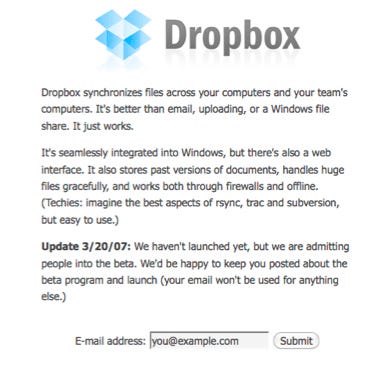



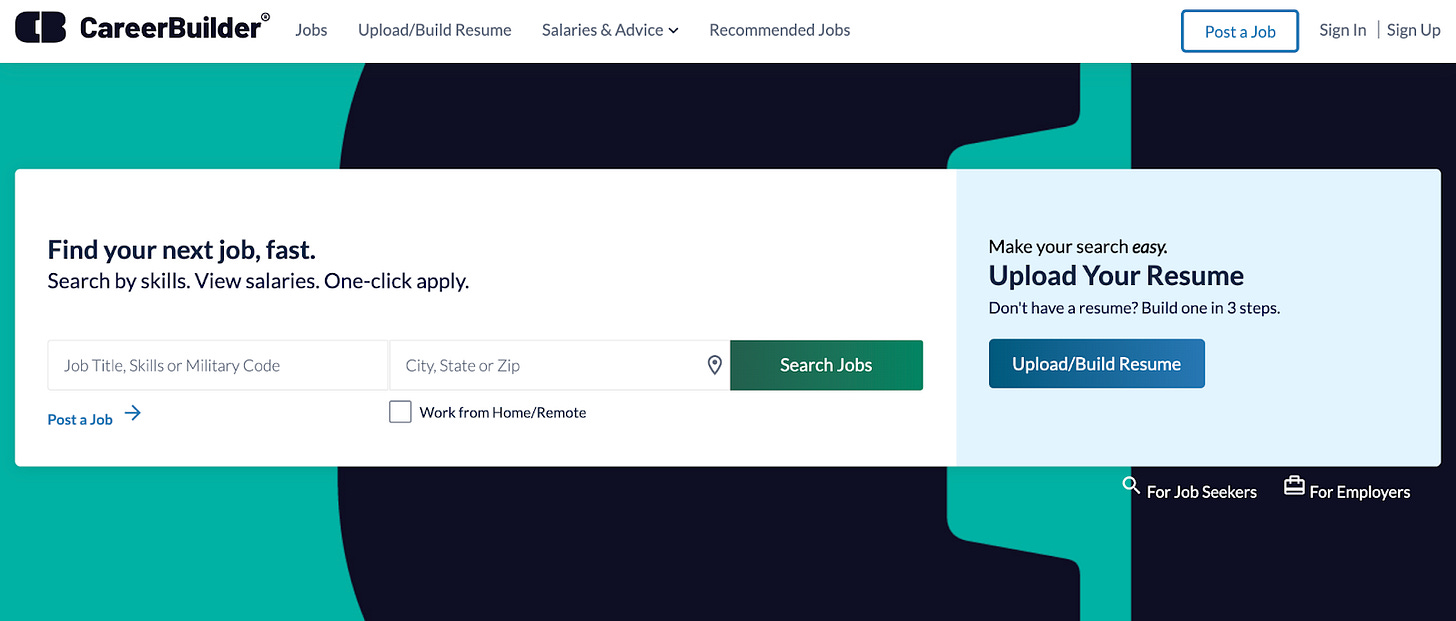

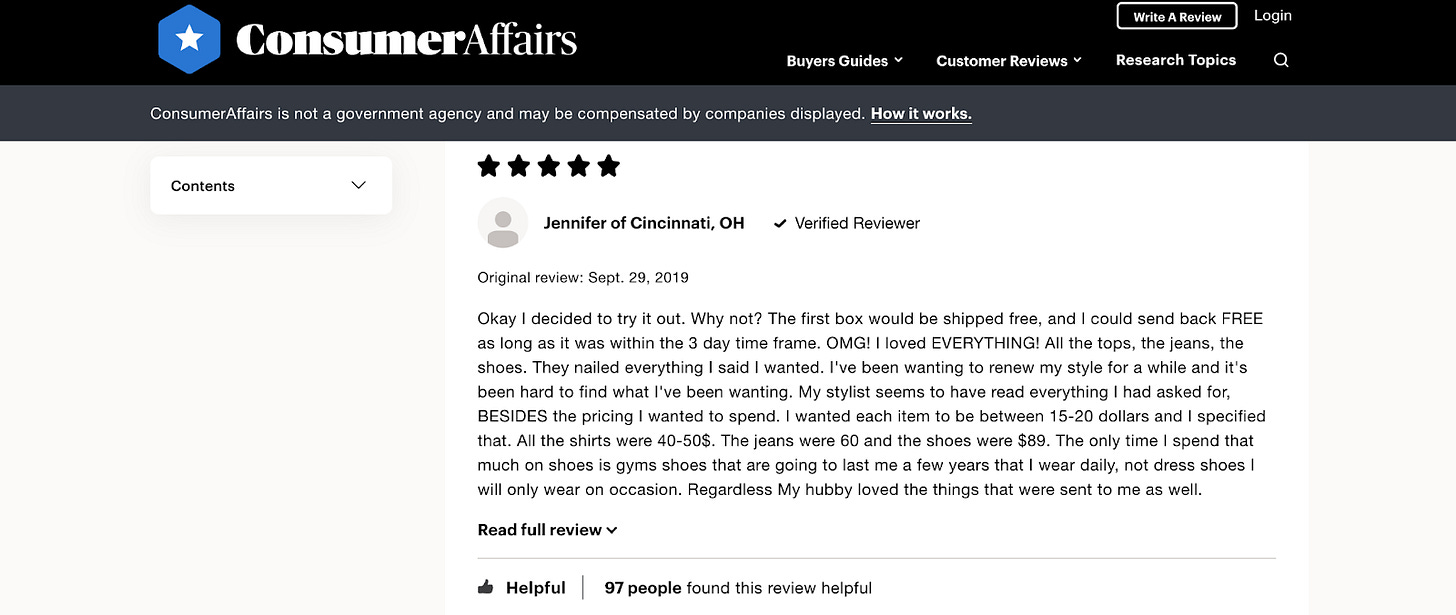


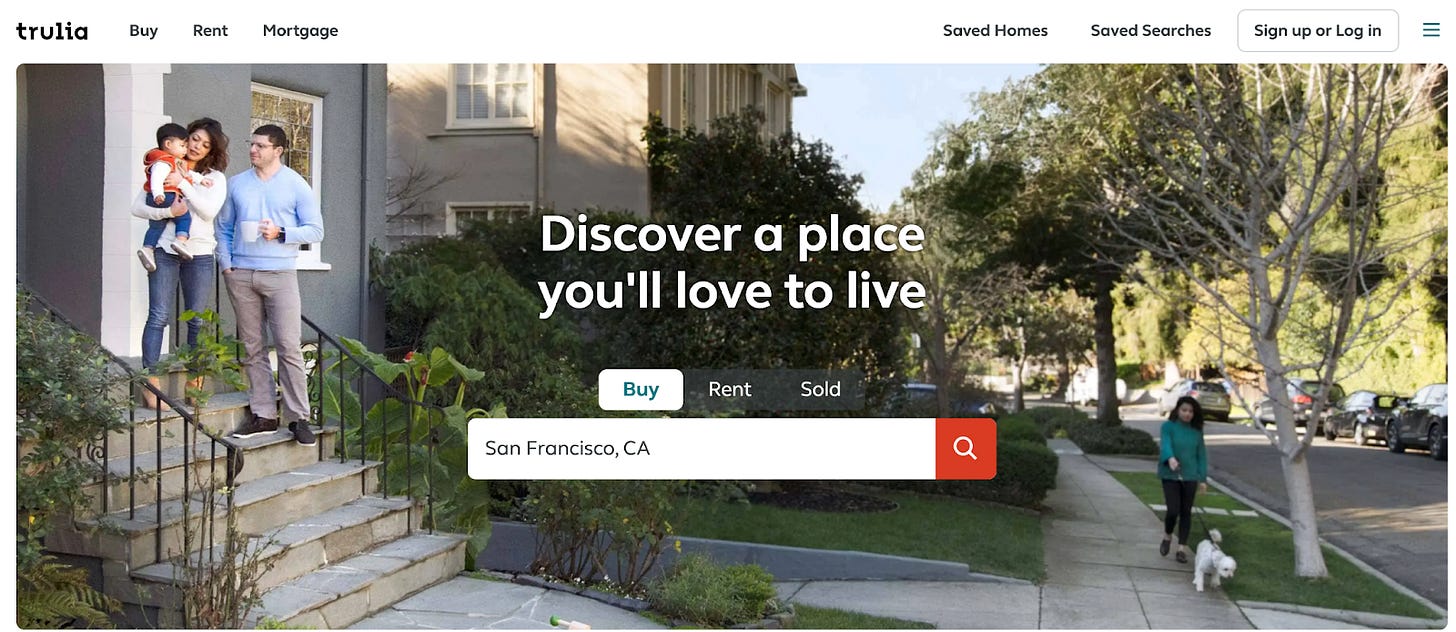
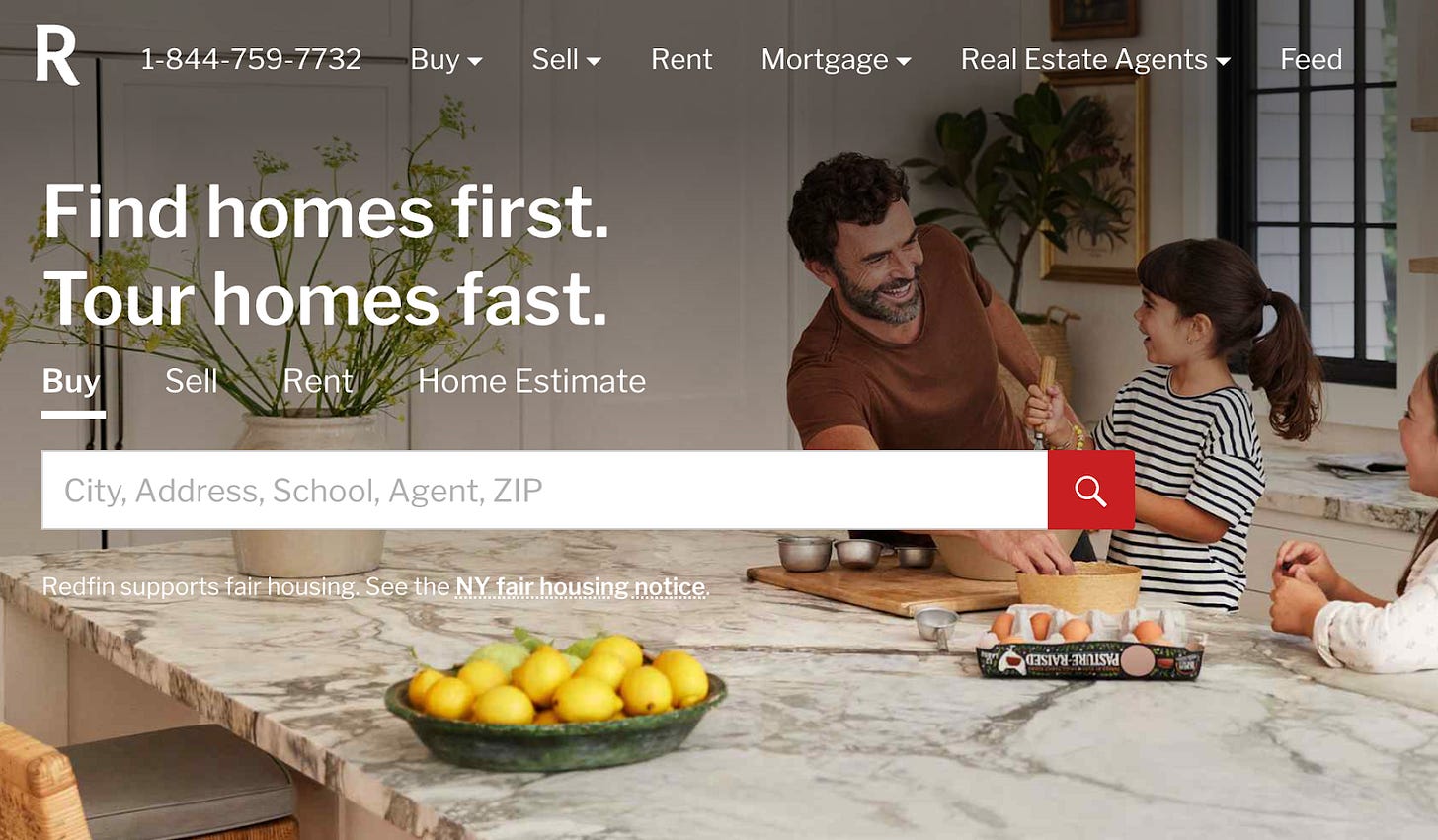
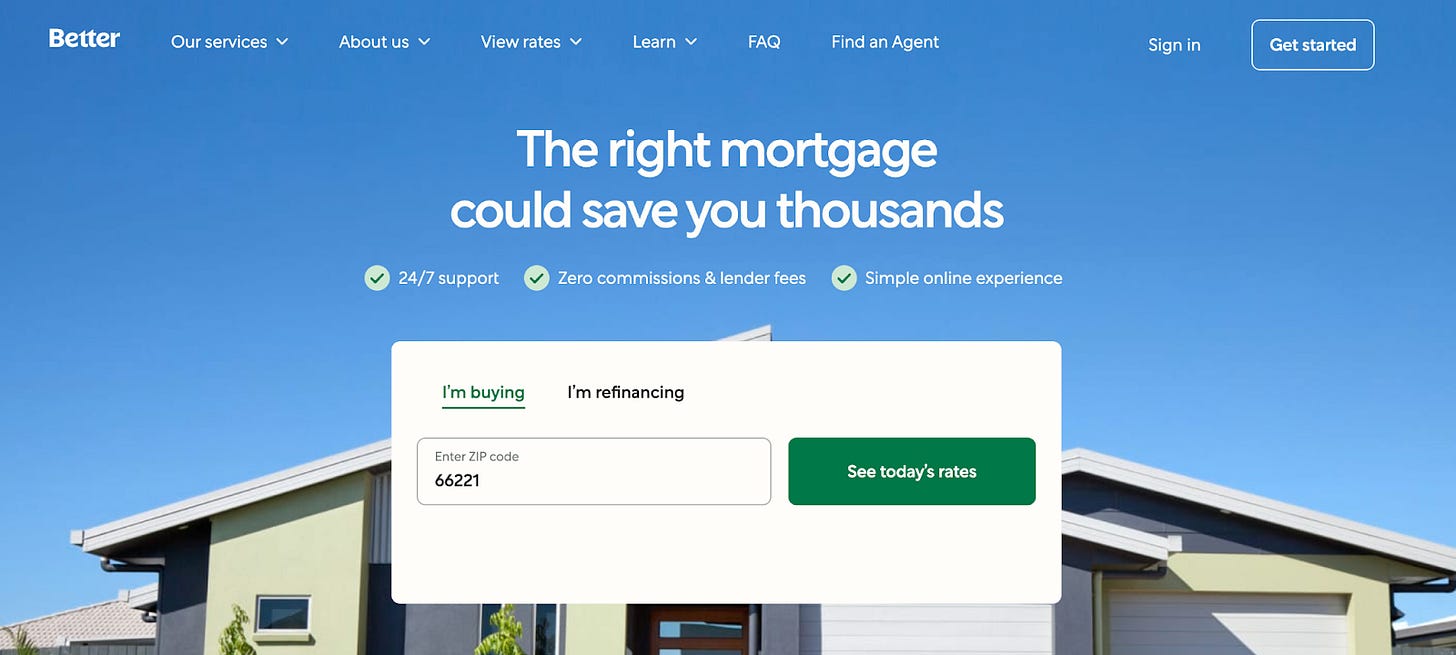

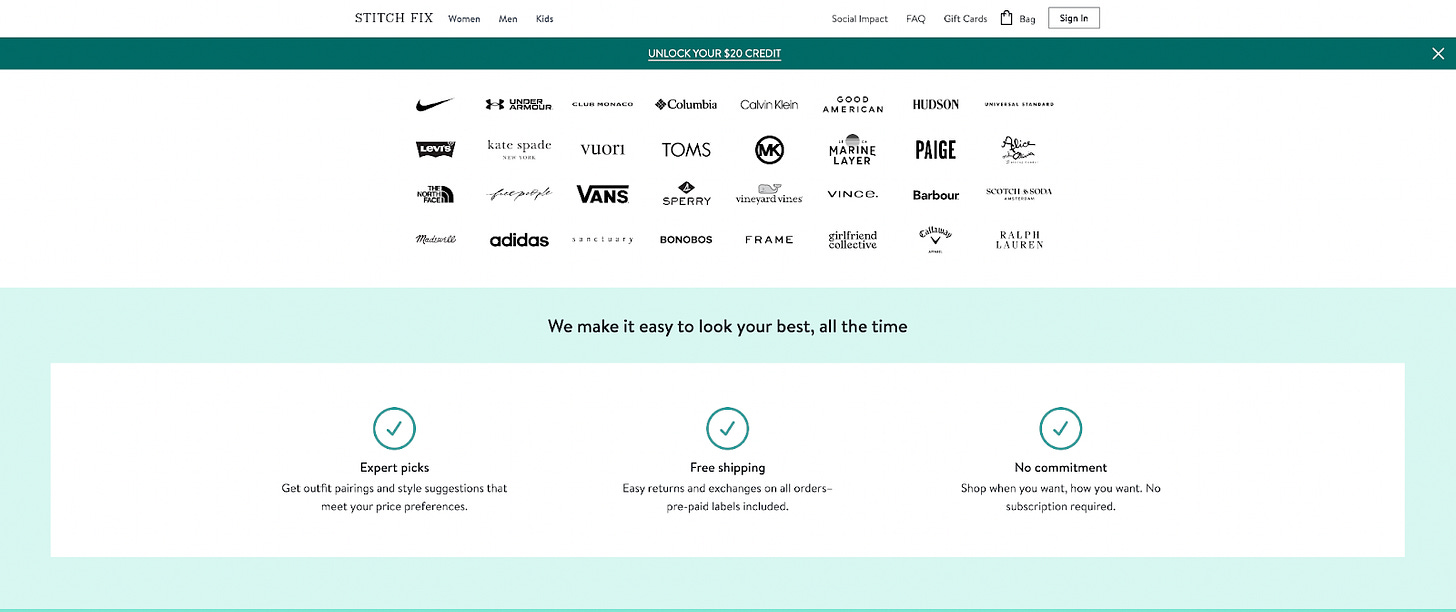

Really insightful, thanks for this article. I am waiting for your article that discusses the OPEN value propositions.